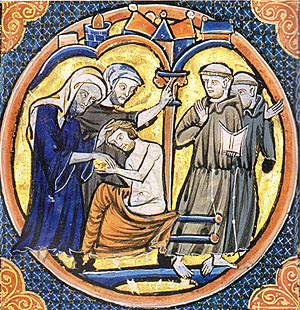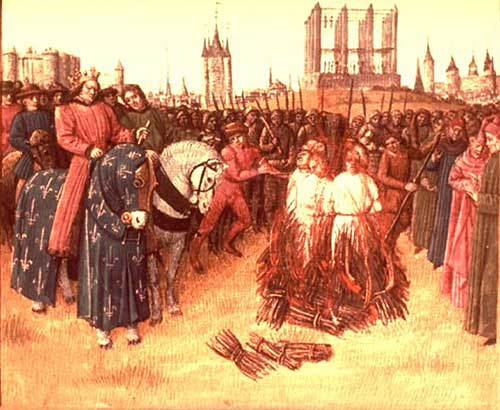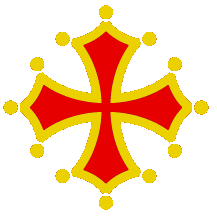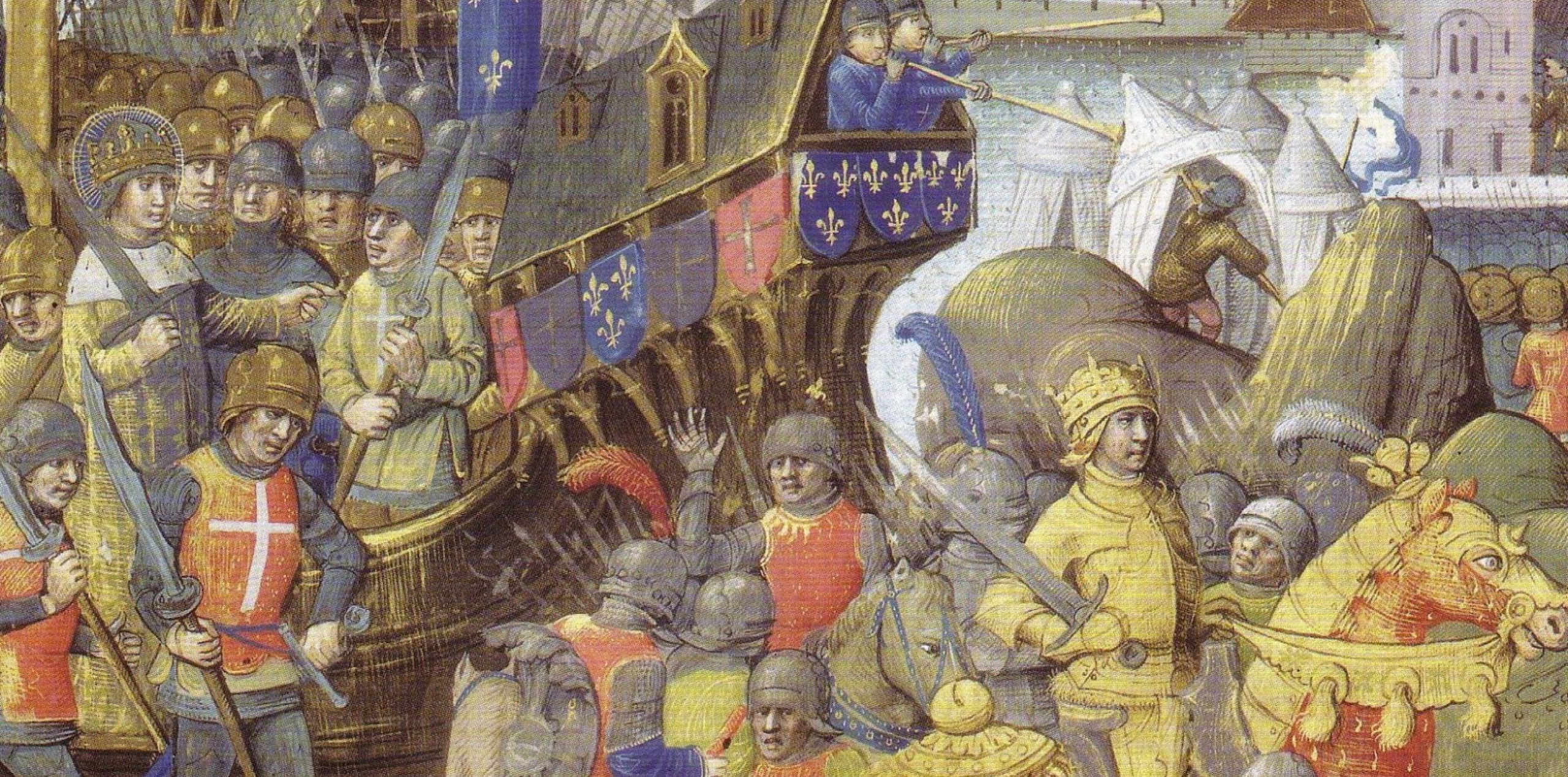 The Cathars were a group of 12th century peoples in southern
France who were found in each stratum of society and politics.
They held to a belief system that was deemed heretical by the
Roman Catholic Church, who sought to convert them back to the
“true faith”. The inability to identify them through ethnicity,
race, occupation, or social status created the space and agency
for them to practice their religion and made it more difficult for
the church to identify them. Their identity and classification
have even changed over time. Initially known simply as bons
hommes, or good men, and alternatively as the Albigenses, “Cathar”
became the dominant label after the Crusade period. The etymology
could denote “purity”, something each sought after as part of
their canon. Their symbol was the yellow cross, an example which
sits at the middle of this page and remains a symbol along roads
and highways in the Occitane region of France.
The Cathars were a group of 12th century peoples in southern
France who were found in each stratum of society and politics.
They held to a belief system that was deemed heretical by the
Roman Catholic Church, who sought to convert them back to the
“true faith”. The inability to identify them through ethnicity,
race, occupation, or social status created the space and agency
for them to practice their religion and made it more difficult for
the church to identify them. Their identity and classification
have even changed over time. Initially known simply as bons
hommes, or good men, and alternatively as the Albigenses, “Cathar”
became the dominant label after the Crusade period. The etymology
could denote “purity”, something each sought after as part of
their canon. Their symbol was the yellow cross, an example which
sits at the middle of this page and remains a symbol along roads
and highways in the Occitane region of France.
Who They Are
 The church’s effort to convert them back to the tenets of the
Roman Church escalated from arguments and debates in the late 12th
century to the twenty-year Albigensian Crusade, starting in 1209.
Even prior to the crusade, local leaders attempted to protect the
Cathars, resulting in the demise of their office, standing, and
land ownership. With the assistance of the kings of France,
Phillip II and his son, Louis VIII, the northern French nobility
joined the church’s crusade to root them out and obtain the spoils
left behind. In addition to political justice waged by the
warriors, the Dominican order was founded in 2016 to insert the
church’s justice against the Cathars, as well. The ensuing
inquisition lasted over 100 years as the Cathars were diminished
and then flourished again until the final known Cathar was
executed in 1321.
The church’s effort to convert them back to the tenets of the
Roman Church escalated from arguments and debates in the late 12th
century to the twenty-year Albigensian Crusade, starting in 1209.
Even prior to the crusade, local leaders attempted to protect the
Cathars, resulting in the demise of their office, standing, and
land ownership. With the assistance of the kings of France,
Phillip II and his son, Louis VIII, the northern French nobility
joined the church’s crusade to root them out and obtain the spoils
left behind. In addition to political justice waged by the
warriors, the Dominican order was founded in 2016 to insert the
church’s justice against the Cathars, as well. The ensuing
inquisition lasted over 100 years as the Cathars were diminished
and then flourished again until the final known Cathar was
executed in 1321.
Their Demise

Why it Matters?
 The ability for an institution, whether a religious body or
political, to justify and practice genocide is not isolated to
this time period. This practice began centuries earlier and
continues in the present-day. This latter point is why
understanding the plight of the Cathars, and the general misuse of
institutional power, can be demonstrative of identifying the
patterns leading up to similar events. For the historian, they
give voice and insight to an oppressed culture and demonstrate the
limit of agency in minimized groups. For the one who applies the
historians' research in other sciences, the patterns identified
can act as leading indicators, giving time to influence the local
people or governments to intervene and deflect the trend.
The ability for an institution, whether a religious body or
political, to justify and practice genocide is not isolated to
this time period. This practice began centuries earlier and
continues in the present-day. This latter point is why
understanding the plight of the Cathars, and the general misuse of
institutional power, can be demonstrative of identifying the
patterns leading up to similar events. For the historian, they
give voice and insight to an oppressed culture and demonstrate the
limit of agency in minimized groups. For the one who applies the
historians' research in other sciences, the patterns identified
can act as leading indicators, giving time to influence the local
people or governments to intervene and deflect the trend.
Learn More
 Click the Cathar cross to watch a video demonstrating the conflict
between the church and the Cathars. Websites and books will be
linked to here, with corresponding footnote references from the
other three cards.
Click the Cathar cross to watch a video demonstrating the conflict
between the church and the Cathars. Websites and books will be
linked to here, with corresponding footnote references from the
other three cards.